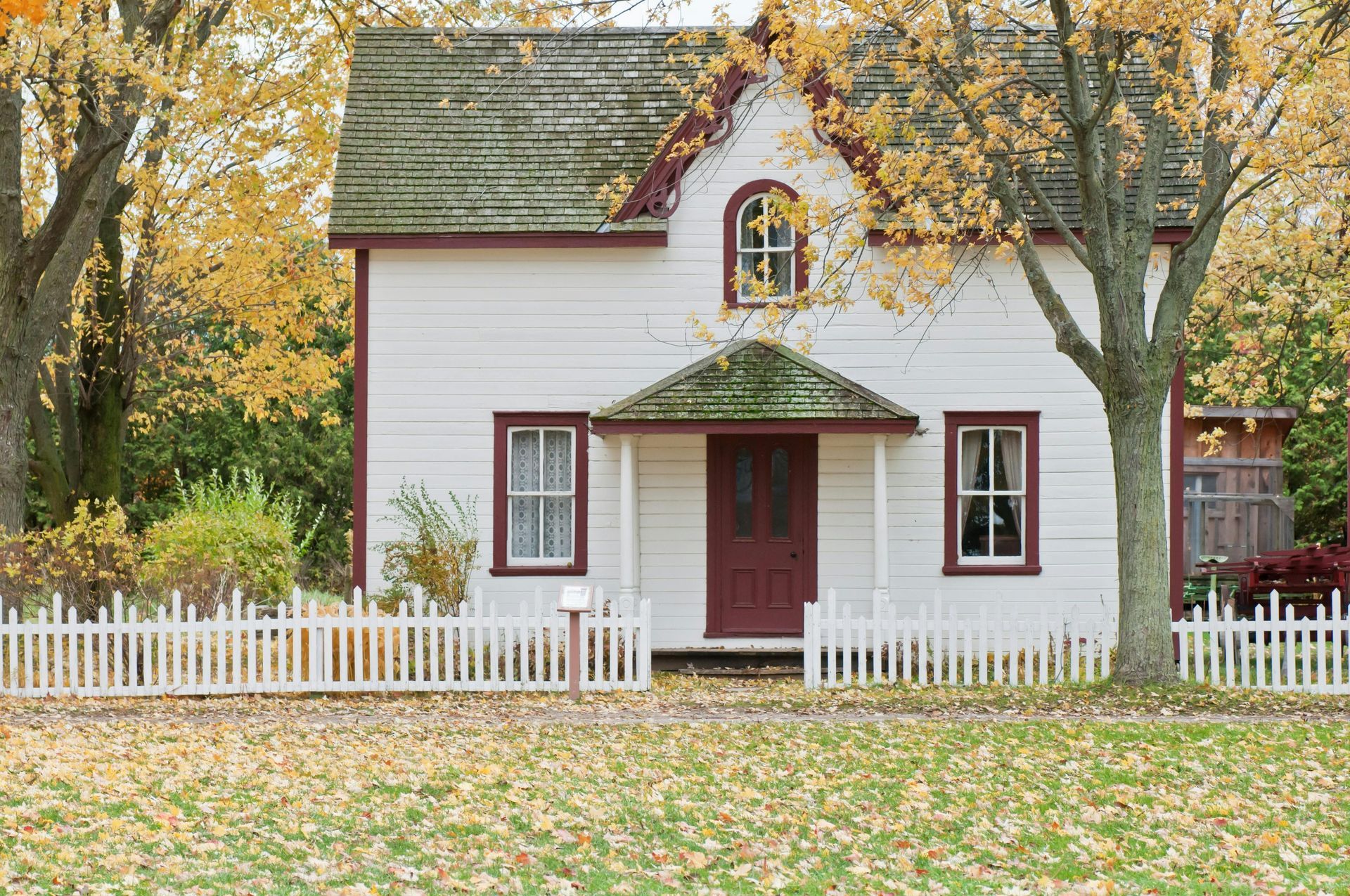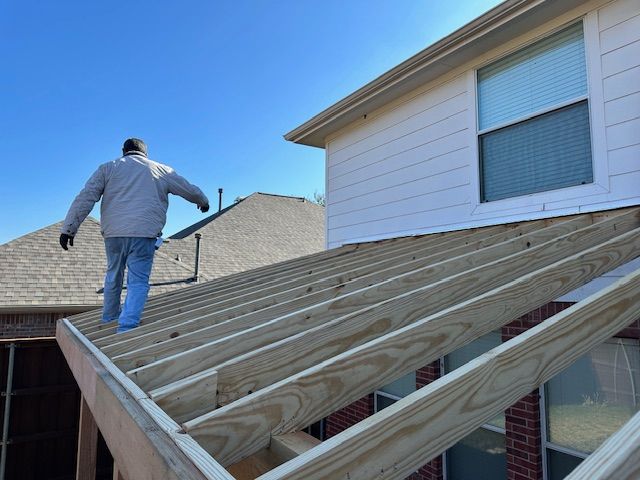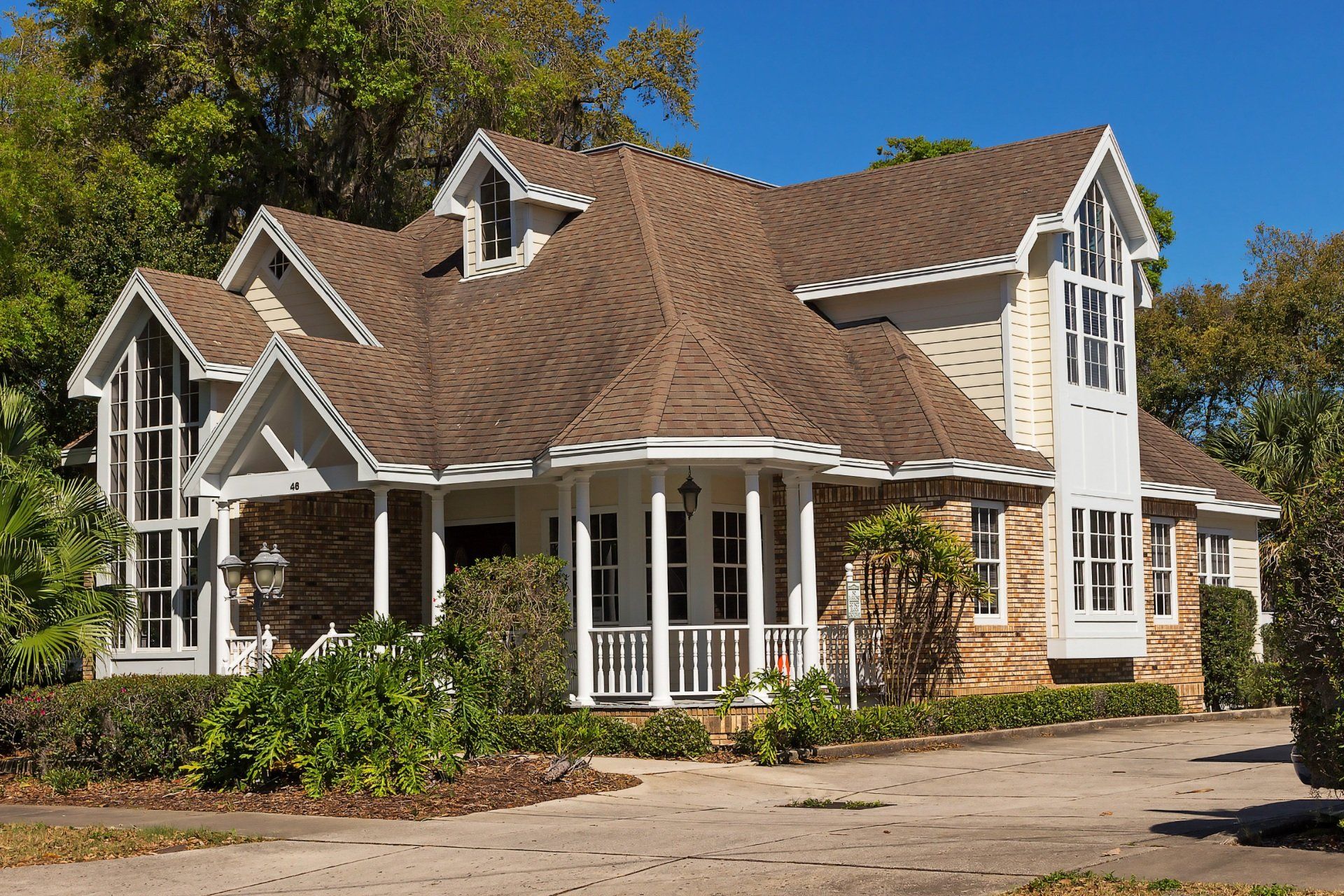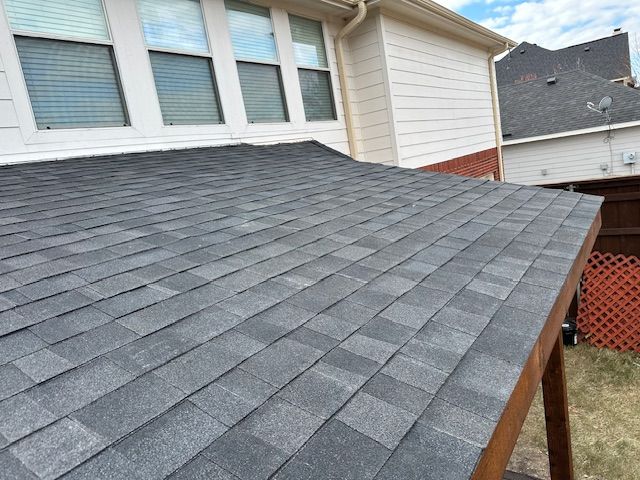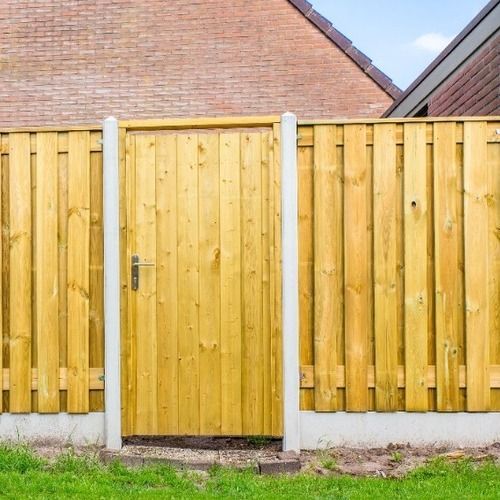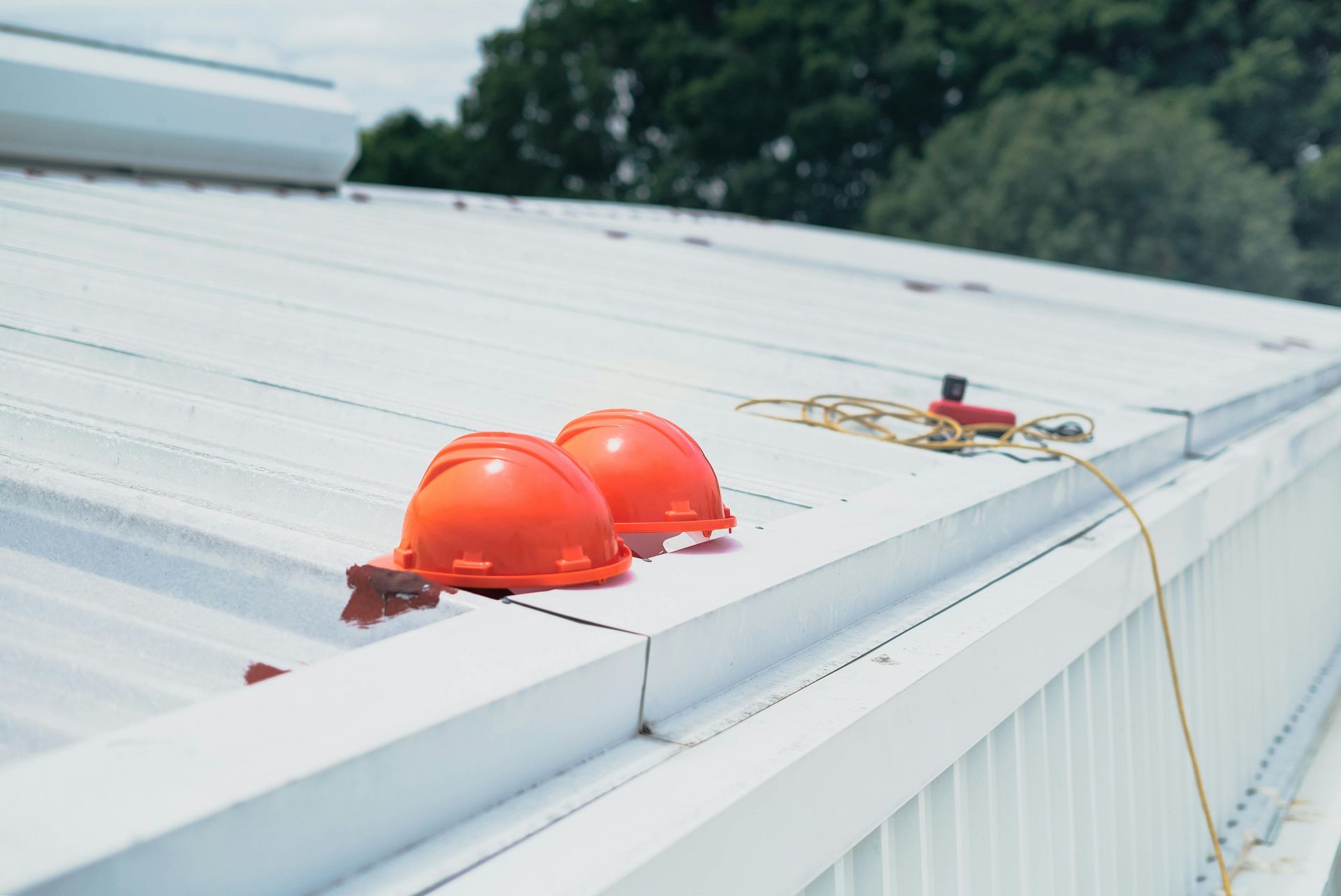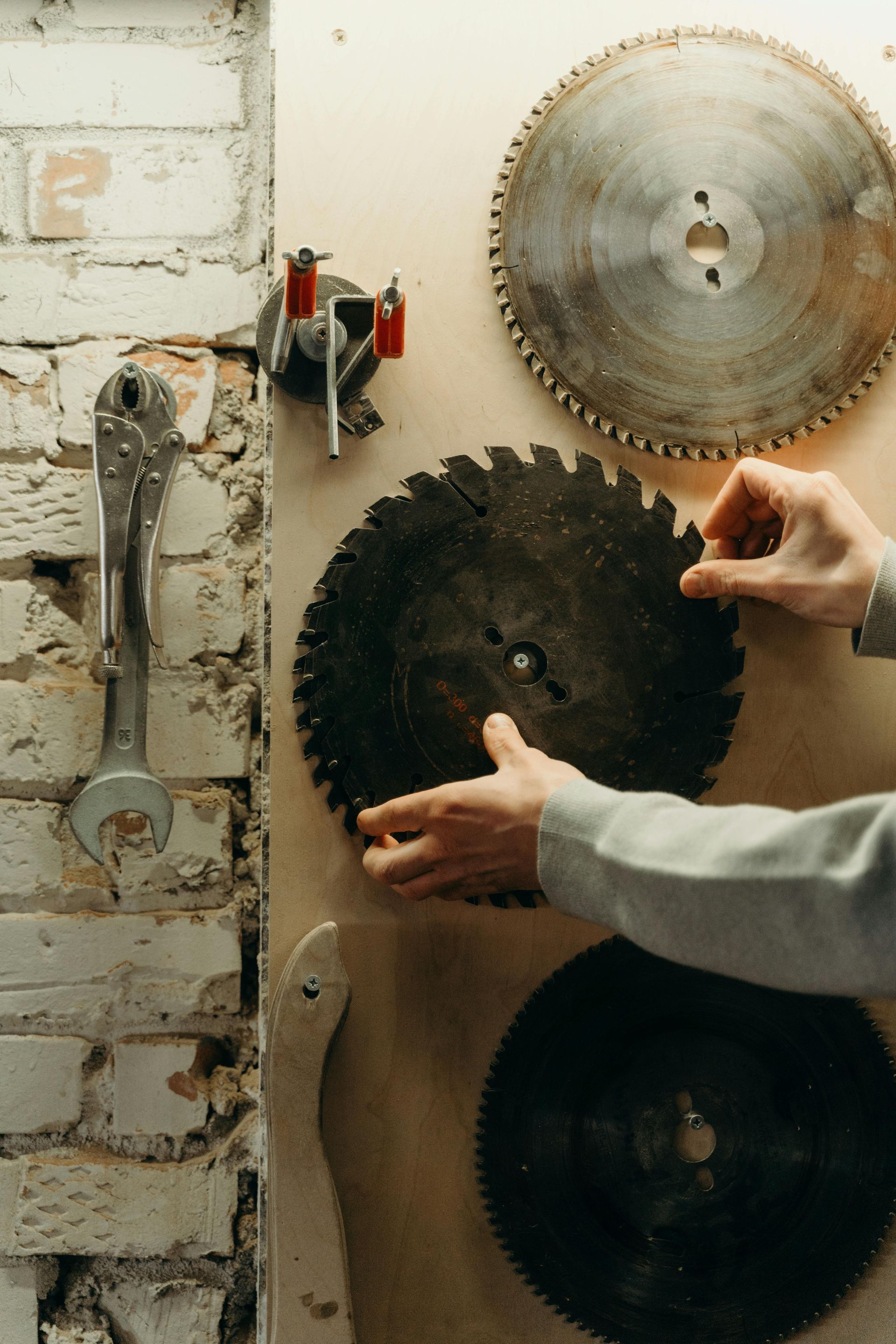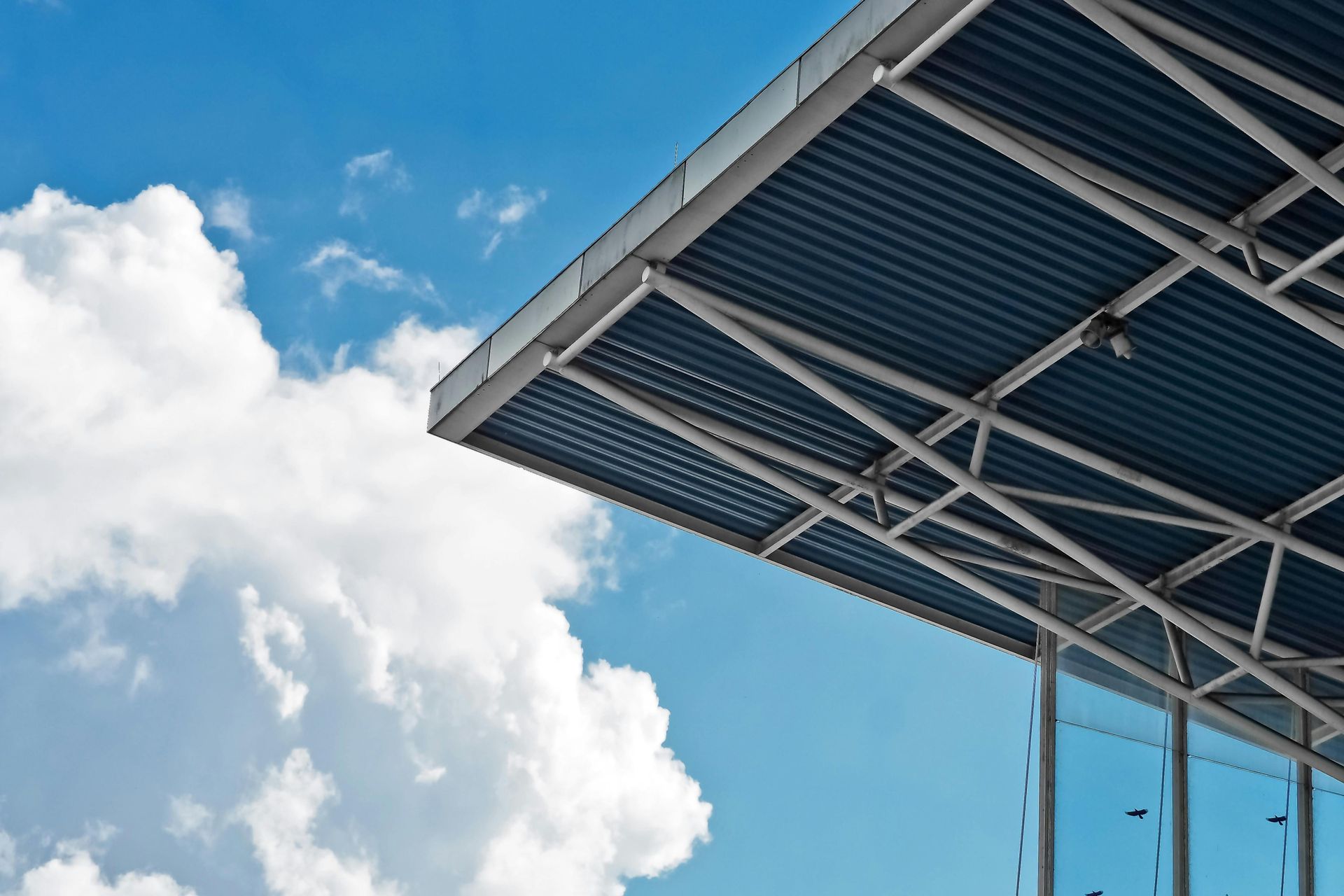
What Problems Do Metal Roofs Have?
Metal roofs are a popular choice for homeowners and businesses. They last a long time, save energy, and give buildings a sleek, modern look. But no roofing material is perfect.
In this blog, we’ll take a closer look at common metal roof problems. Knowing these issues will help you make better decisions and keep your roof in great shape.
Common Problems with Metal Roofs
Metal roofs come with many benefits, but they also have their share of challenges. Here’s a breakdown of the most common issues and how to address them.
Oil Canning
Oil canning is the visible waviness or distortion in flat metal panels. It’s one of the most talked-about concerns with metal roofs.
- What causes oil canning?
Factors like thermal expansion, improper handling during installation, or overproduction of metal panels can lead to this issue.
- How to prevent it?
Using thicker metal, ribbed profiles, and hiring experienced professionals can reduce the chances of oil canning. Regular maintenance also helps minimize the risk.
Leaks
Leaks can happen with any roof, and metal roofs are no exception. While they’re highly durable, poor installation or damage can cause water to seep through.
- What causes leaks?
Loose fasteners, damaged seams, or improperly installed flashing are common culprits. Severe weather like hail or heavy winds can also lead to leaks.
- How to prevent leaks?
Schedule regular roof inspections to catch small issues before they become big problems. Always ensure proper installation by working with skilled contractors.
Corrosion
Although metal roofs are designed to resist corrosion, they’re not entirely immune to it.
- What causes corrosion?
Moisture, scratches on protective coatings, and the use of dissimilar metals can trigger corrosion.
- How to prevent corrosion?
Apply protective coatings, avoid mixing incompatible materials, and fix scratches quickly to keep rust at bay.
Scratching and Scuffing
Scratches and scuffs can compromise the appearance and longevity of your metal roof.
- What causes scratches and scuffing?
Improper handling during installation, falling debris, or regular foot traffic can create these blemishes.
- How to prevent it?
Use protective measures during installation and maintenance. For example, install guards or lay down padding when working on the roof.
Chalking and Fading
Over time, metal roofs can lose their vibrant color due to chalking and fading.
- What causes chalking and fading?
UV exposure, extreme weather, and aging paint systems can lead to these issues.
- How to prevent it?
Choose high-quality paint systems with UV-resistant coatings. Regularly cleaning and maintaining your roof also helps preserve its appearance.
Preventative Measures and Maintenance Tips
Taking care of a metal roof doesn’t have to be overwhelming. With proper maintenance and preventative measures, you can protect your investment and extend the life of your roof for decades.
Schedule Regular Inspections
Inspect your roof at least twice a year—ideally in the spring and fall—and after severe weather events like hailstorms or heavy winds.
During an inspection, look for:
- Loose or missing fasteners
- Signs of corrosion, like rust spots
- Damaged flashing or seams
- Areas where water may pool
If you’re not comfortable inspecting your roof, hire a professional roofing contractor. They can spot potential issues and recommend repairs before they become costly.
Clean Your Roof Regularly
Over time, dirt, debris, and mildew can collect on your roof, especially in shaded areas or where tree branches hang over. This buildup can lead to staining, moisture retention, or even mold growth.
To clean your roof:
- Use a soft-bristle brush or cloth and a mixture of mild detergent and water.
- Avoid using harsh chemicals or abrasive materials that could scratch the surface.
- Rinse thoroughly to remove all soap and residue.
- Regular cleaning not only keeps your roof looking great but also prevents small problems from turning into major headaches.
Use Compatible Materials
When making repairs or additions, always use materials that match your roof’s existing metal type. For example, mixing copper and aluminum can cause galvanic corrosion, which accelerates rusting and weakens the metal.
If you’re unsure about material compatibility, consult your roofing manufacturer or contractor to ensure repairs are done correctly.
Apply Protective Coatings
Protective coatings act as a shield against UV rays, moisture, and pollutants. These coatings can also improve your roof’s energy efficiency by reflecting sunlight, reducing heat absorption.
Key tips for applying protective coatings:
- Choose a product designed specifically for your metal roof type.
- Apply coatings in dry, moderate weather conditions to ensure proper adhesion.
- Reapply coatings as recommended by the manufacturer, typically every 5–10 years.
Protective coatings are an excellent investment to prolong your roof’s lifespan and maintain its appearance.
Ensure Proper Ventilation
Proper attic ventilation is critical for preventing problems like condensation, mold, and temperature imbalances. Without enough airflow, moisture can build up beneath your roof, leading to rust or even structural damage.
What to check for:
- Make sure soffit and ridge vents are clear of obstructions.
- Install additional vents if your attic consistently feels humid or hot.
- Work with a professional to evaluate whether your home’s ventilation is sufficient for your climate.
Good ventilation not only protects your metal roof but also reduces energy bills by keeping your home cooler in the summer and warmer in the winter.
Conclusion
Metal roofs are a great investment, combining durability, energy efficiency, and a sleek design. While they come with a few challenges like leaks, corrosion, and oil canning, these issues are manageable with proper care. Regular inspections, cleaning, and protective measures can extend the lifespan of your roof and keep it looking and performing its best for years.
When it comes to expert roofing services, trust Trake Construction to deliver exceptional results. Serving Rockwall, Dallas, Allen, Farmersville, Fate, and Forney, we specialize in residential and commercial roofing, metal roof installation and repair, storm damage roof repair, and fence installation. With competitive pricing and a commitment to quality, we make sure every project is done right the first time.
Contact us today for a free consultation and see why Trake Construction is the go-to choice for roofing and outdoor solutions in your area!
FAQs
How long do metal roofs typically last?
Metal roofs can last anywhere from 40 to 70 years, depending on the material and proper maintenance. They often outlast traditional asphalt shingles, which have a lifespan of 20 to 30 years.
Are metal roofs energy-efficient?
Yes, metal roofs are highly energy-efficient. Their reflective properties help reduce heat absorption, keeping your home cooler in the summer and lowering energy bills.
Can metal roofs withstand severe weather conditions?
Metal roofs are designed to withstand extreme weather, including heavy winds, hail, and snow. Many systems are rated for wind resistance up to 140 mph and can handle impact better than other materials.
What are the cost considerations for installing a metal roof?
While the upfront cost of a metal roof is higher than traditional roofing materials, it offers long-term savings due to its durability, energy efficiency, and low maintenance needs.
How do metal roofs compare to asphalt shingles in terms of maintenance?
Metal roofs require less maintenance than asphalt shingles. While shingles may need frequent repairs or replacement, metal roofs only need periodic inspections, cleaning, and occasional recoating to maintain their integrity.

Trake Construction Management, LLC partners with homeowners and business owners to restore and improve properties affected by weather-related damage and general disrepair.
Services

